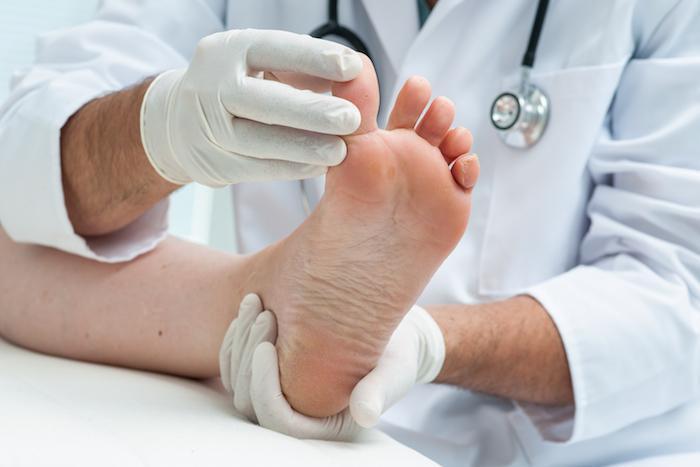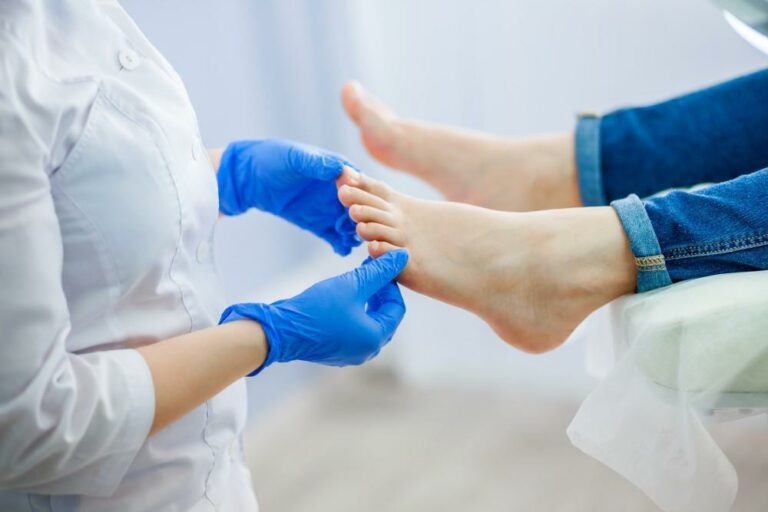Physical activity is a great way to stay healthy. Playing sports allows you to get exercise, build friendships, and boost self-confidence. Unfortunately, along with the fun comes the potential for injuries, especially foot and ankle injuries.
Although foot and ankle injuries are common in many sports, many such injuries are preventable. You can avoid spending time sitting on the sidelines by taking precautions to keep yourself safe. In this blog, the doctors at Great Lakes Foot and Ankle Institute offer five tips to help you stay in the game and injury-free.
1. Warm up your muscles
Almost everybody knows that you’re supposed to warm up before a workout, but many people still routinely skip this step. Warming up your muscles before playing sports can help prevent injuries.
Warmups don’t have to be long or complicated. Even just a brisk five-minute walk is often enough to loosen up your muscles.
2. Stretch your legs and ankles
Stretching your legs and ankles will not only help prevent injuries, but it will also keep your joints flexible and help you maintain your range of motion. Some of the stretches you can include are the following:
- Calf raises
- Standing lunges
- Standing quad stretches
- Hip flexor stretches
- Hamstring stretches
- Straight leg raises
Besides stretching before and after games, you should also stretch on a regular basis outside of your sporting activities.
3. Wear the right shoes
Wearing the right shoes means more than just wearing the most appropriate shoes for your sport. You also need to make sure that your shoes fit well, aren’t too tight, and have good arch support.
Furthermore, you need to replace your shoes when they start getting worn out. All shoes have a limited shelf life, but this especially applies to athletic shoes, as wearing worn-out shoes can put you at a greater risk of suffering an injury. You need to replace your shoes when the soles are visibly worn down.
4. Take regular breaks
Taking regular breaks during a game is important as it can help your body recover. If you keep playing and don’t give your body rest, your muscles can get fatigued, which can increase your chances of getting injured.
Furthermore, take advantage of scheduled breaks to hydrate, as dehydration can also lead to injury and fatigue. Dehydration can also lead to cramping.
5. Don’t push through the pain
While you may be told to play through the pain, you need to listen to your body’s signals as well. Pain may be a sign that there’s a significant problem.
Some muscle soreness is normal with most physical activities, but experiencing pain is never normal. If you feel pain, stop and rest. Continuing to play while you’re in pain could exacerbate an injury or increase your chances of getting one, such as a stress fracture. Furthermore, if you’ve had a foot or ankle injury in the past, consider wearing a brace.
If you have a foot or ankle injury that needs medical attention, we can help. To learn more, book an appointment online or over the phone with Great Lakes Foot and Ankle Institute today.







